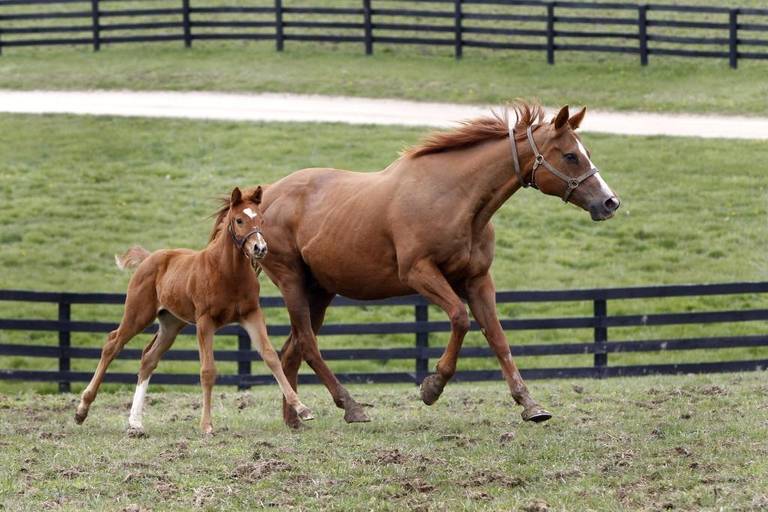
Whether you are building from scratch or renovating, keeping biosecurity in mind can help reduce the risk of introducing or spreading disease on your property.
When building:
- Select smooth, non-porous, durable materials as they are easy to clean and disinfect; there are a wide variety of materials to choose from depending on the intended use (e.g. metal, vinyl coated metal, polymer coated wood, sealed concrete and some plastics).
- Seal wooden surfaces with non-toxic marine grade enamel paint or urethane, again for easy cleaning and disinfecting. Avoid sealing surfaces that horses may chew on.
- Choose building materials that will not shatter or splinter if a horse kicks them and will not degrade on continued exposure to sunlight, water, and products used for cleaning and disinfecting.
- Plan for a sufficient number of taps and sinks for cleaning and hand washing and ensure adequate subsurface drainage to remove waste water and storm water.
- Always check with the product manufacturer that paints, sealers, cleaners and disinfectants are approved for use in livestock buildings.
Before you build or renovate consider:
- Geography: areas less densely populated with horses and livestock can reduce risk of exposure to pathogens.
- Topography: Slope of land and type of soil affects drainage, pasture quality, footing for horses and ease of building. Trees and hills can provide protection from the sun and influence wind patterns and ventilation. Ponds and streams can be an attractant for wildlife, pests and affect drainage.
- Layout: Plan for the number of horses to be housed and potential expansion. Consider separating horses that are at higher risk of disease exposure (such as horses that are frequently travelling to other farms or facilities) from horses at lower risk (those that rarely leave the property). Minimize the chance of contamination of feed, water and clean bedding from manure and wash water.
- Traffic Flow: Reduce the risk of spreading pathogens by controlling the movement of people, horses, equipment and material on the farm or facility. Also, review section six and seven on movement of horses and access management in the National Farm and Facility Level Biosecurity Standard for the Equine Sector.
This fact sheet was assembled with information from the National Farm and Facility Level Biosecurity Standard for the Equine Sector. The committee for the standard was comprised of equine owners, subject matter experts, federal and provincial government officials, representatives from regional and sector - specific equine industry organizations, the public sector and academics; including representatives from Equine Guelph. Follow this link to view the final copy.
This article originally appeared on Equine Guelph The University of Ontario, Canada, and is published here with permission.
You can find more informative articles in our section on Health & Education.

































